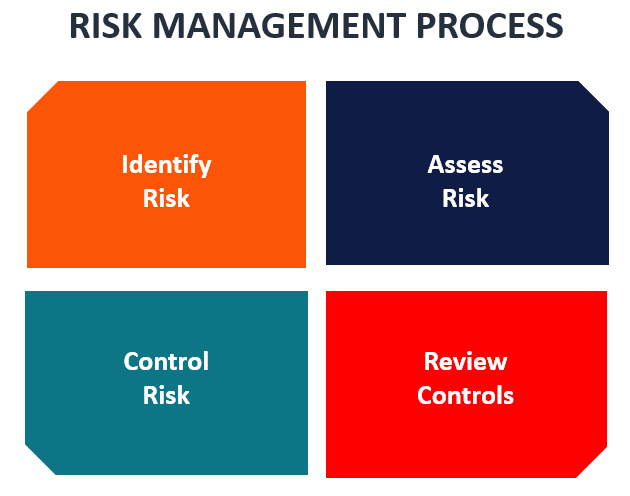Enterprise Risk Management Deployment
Enterprise Risk Management is the process of identifying and addressing methodically the potential event that represent risks to the achievement strategic or objectives, or to opportunities to gain competitive advantage.
Enterprise Risk Management is a methodology that looks at risk management strategically from the perspective of the entire firm or organization. It is a top-down strategy that aims to identify , assess and prepare for potential losses, dangers hazards, and other potentials for harm that may interface with an organization’s operations and objectives and/or to lead to losses.
ERM, therefore ,can work to minimize firm wide risk as well as identify unique firm wide opportunities. Communicating and coordinating between different business units it is the key for ERM to be successful , since the risk decision coming from top management may seem at odds with the local assessment on the ground. Firms that utilize ERM will typically have a dedicated enterprise risk management team that oversee the workings of the firm.
ERM ultimate goal is to create and protect value within an organization. ERM start from a strong framework which then leads to the actionable
steps seen in the process. For any organization ERM must be top priority because this framework give guideline how to identify risk at Enterprise level and
take action for identified risk which leads to sustainable growth along with cost effective products.
The establishment of a successful framework considers the major elements as well as the eight fundamental principles of ERM. A secure framework is the groundwork for a stable, long-term risk management process.
8 Principles of ERM
- Integrated: risk management should be integrated into all operations and activities.
- Structured and comprehensive: ERM approach should be structured and comprehensive.
- Customized: ERM framework for risk management should be adapted to the context and the goals of the organization.
- Inclusive: all stakeholders should be involved in risk management.
- Dynamic: Proactive action, anticipating and responding to changes swiftly are crucial elements of good risk management.
- Best available info: risk management means taking all restrictions of available info into account.
- Human and cultural factors: these factors are essential and need to be addressed in every phase.
-
Continuous improvement: through experience and
accumulated knowledge, an organization should be able to grow stronger over
time
BENEFITS OF ERM
1.Greater awareness about the risks facing the organization and the ability to respond effectively.
- Enhanced confidence about the achievement of strategic objectives
- Improved compliance with legal regulatory and reporting requirements
- Increased efficiency and effectiveness of operations.

Road Map ERM Project Deployment
- GAP Analysis with respect to ERM
- Identify Process Owners and develop Responsibility Matrix.
- Form Steering Committee, set meeting schedule.
- Develop the implementation Plan.
- ERM Policy, ERM Manual and Procedure finalization.
- Training Plan finalization and Execution of training.
- ERM Implementation
- Conduct ERM Audit
- Management Review
- Project Closeout
